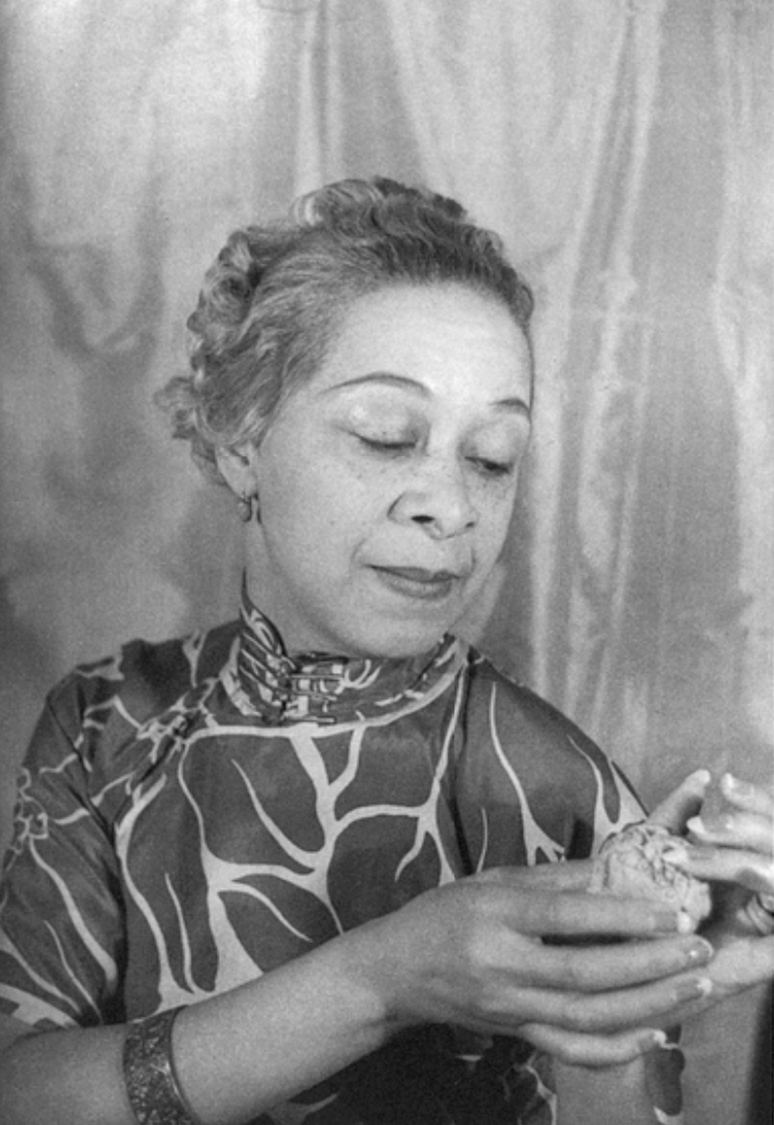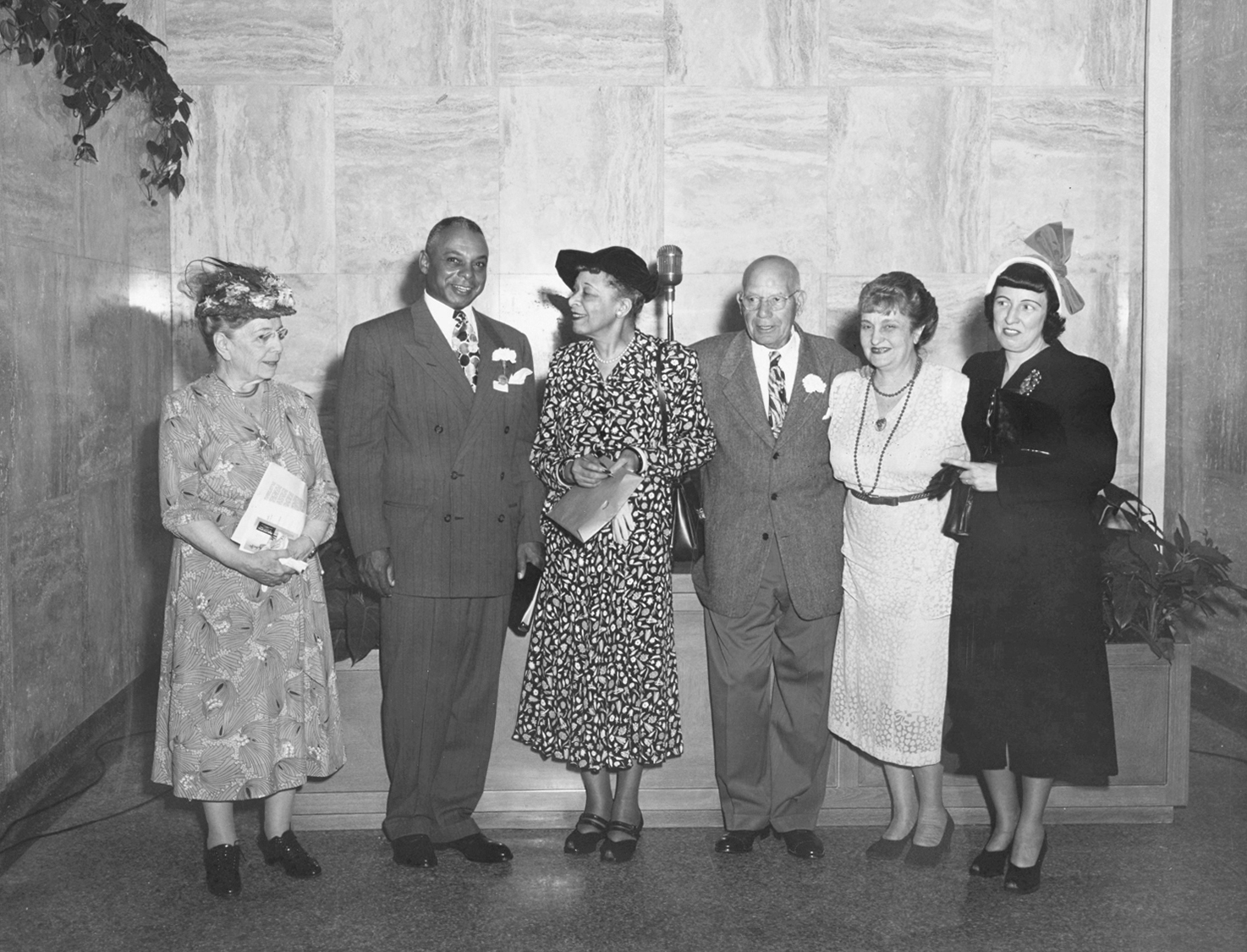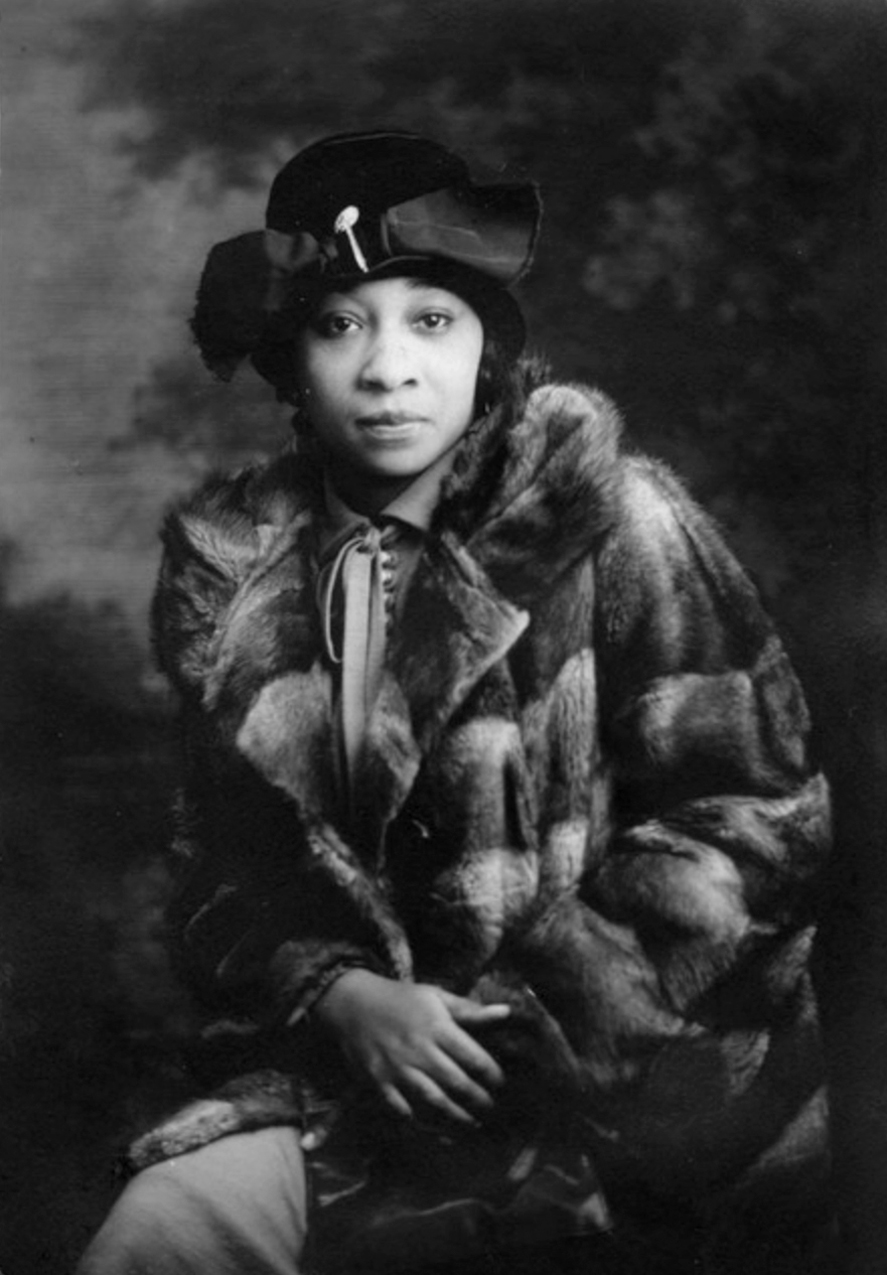Nora Holt was an important figure in the history of Black music in Chicago in the 1930s and was a noted musician, composer, and renowned singer and performer during the Harlem Renaissance in the 1940s.
While employed as a music critic for the Chicago Defender from 1917-1921, she co-founded the Chicago Music Association and the National Association of Negro Musicians. Additionally, she edited and published Music and Poetry, a magazine for Black musicians. Holt was also a music critic for the New York Amsterdam News and was the first African American inductee into the Music Critics Circle of New York.
Born Lena Douglas around 1885 in Kansas City, Kansas, she was the daughter of Rev. C.N. Douglas, an AME pastor, and Grace Brown Douglas. Starting at age four, Lena studied piano and played the organ for her father’s church. In 1917, she graduated valedictorian from Western University in Kansas with a degree in music, and the following year she earned a master’s degree in music composition from the Chicago Musical College, the first African American to do so. Her MA thesis was titled, “Rhapsody on Negro Themes.”
Douglas married a total of five times, three times while in high school, the first at age 15 to a man named Sky James. The Holt surname came from her fourth husband, George Holt, a wealthy Chicago nightclub owner and entrepreneur. When George passed away, she changed her name officially and inherited his wealth.
Her fifth wedding and subsequent divorce were a tabloid sensation. The lavish wedding in Pittsburgh to Joseph Ray (secretary to steel baron Charles Schwab), the gift of $10,000 Class A securities from the groom, the honeymoon in Europe, the private investigators, and the long-drawn-out divorce (four years in total) made headlines. The press commentary painted an unflattering picture of Holt, implying that she was mimicking Whites in her extravagant wedding and lifestyle, for example.

Nora Holt, 1932
In the next iteration of Nora Holt, she dyed her hair platinum blonde and was performing in Europe and Asia (Shanghai, China; Bombay, India; and Japan), learning Chinese along the way. In 1931, she studied with Nadia Boulanger at the American Conservatory in Fontainebleau, France.
Holt returned to the United States, settled in Los Angeles, and enrolled at the University of Southern California, studying to become a teacher. Eventually, she taught music in the Los Angeles Unified School District. In 1939 she opened her own beauty salon, an enterprise that became a huge success.
Holt continued to perform and compose. Besides her own show at Walroys Gallery in Los Angeles, she co-composed with Thelma Brown and writer, Langston Hughes, the song “Ethiopia Marches On” in support of Ethiopia’s resistance against Fascist Italy’s occupation of their country in 1935. By the 1940s Holt was living in New York City and she began working as a music critic for the New York Amsterdam News in 1943. She hosted an annual “American Negro Artists” festival on WNYC radio and was the musical director and producer of the “Nora Holt’s Concert Showcase” from 1953 to 1964 on WLIB radio, also in New York City. In 1966, she was part of the “First World Festival of Negro Arts” in Dakar, Senegal.

Nora Holt (center) at mural unveiling ceremony, Golden State Mutual Home Office, Los Angeles, CA, August 19, 1949
Of the more than 200 works of chamber and orchestral music that Holt wrote, all but two “Negro Dance” and “Sand Man” were stolen by other artists.
Nora Holt died in a Los Angeles nursing home on January 25, 1974. She was 89.

